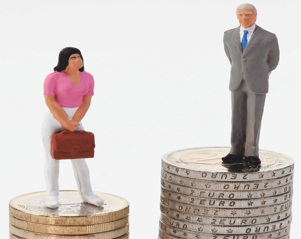The gender pay gap for full-time employees between the ages of 30 and 39 was just 1% in 2013, according to research by the Department for Media, Culture and Sport.

Its Secondary analysis of the gender pay gap report monitored trends in pay between 1997 and 2013 by analysing figures from the Office for National Statistics.
It found the gender pay gap among all UK employees in 2013 was 19.7%, down from 19.6% in 2012.
Between 1997 and 2013, the gender pay gap decreased the most among full-time employees aged 30 to 39. This is due to median earnings for women in this age group rising much faster than men.
In 2013, the gender pay gap for full-time employees aged between 18 and 21 was 1.4%, while it lowered to -0.3% for full-time employees aged between 22 and 29.
Full-time employees aged between 40 and 49 had a gender pay gap of 15.7%, which rose to 17.5% for full-time staff aged between 50 and 59.
The research also found that the largest gender pay gap in 2013 was among health professionals, at 15.4%.
The report stated: “Part of the change in the pay gap may be the result of differences in education levels and qualifications between generations.
“The total volume of people obtaining university degrees has increased substantially over the past 30 years with women as a proportion of graduates increasing from 44% of those gaining a first degree in 1990 to 56% in 2011.
“This could have impact of lowering the gender pay gap by enabling more women to enter managerial, professional and associate professional occupations.”